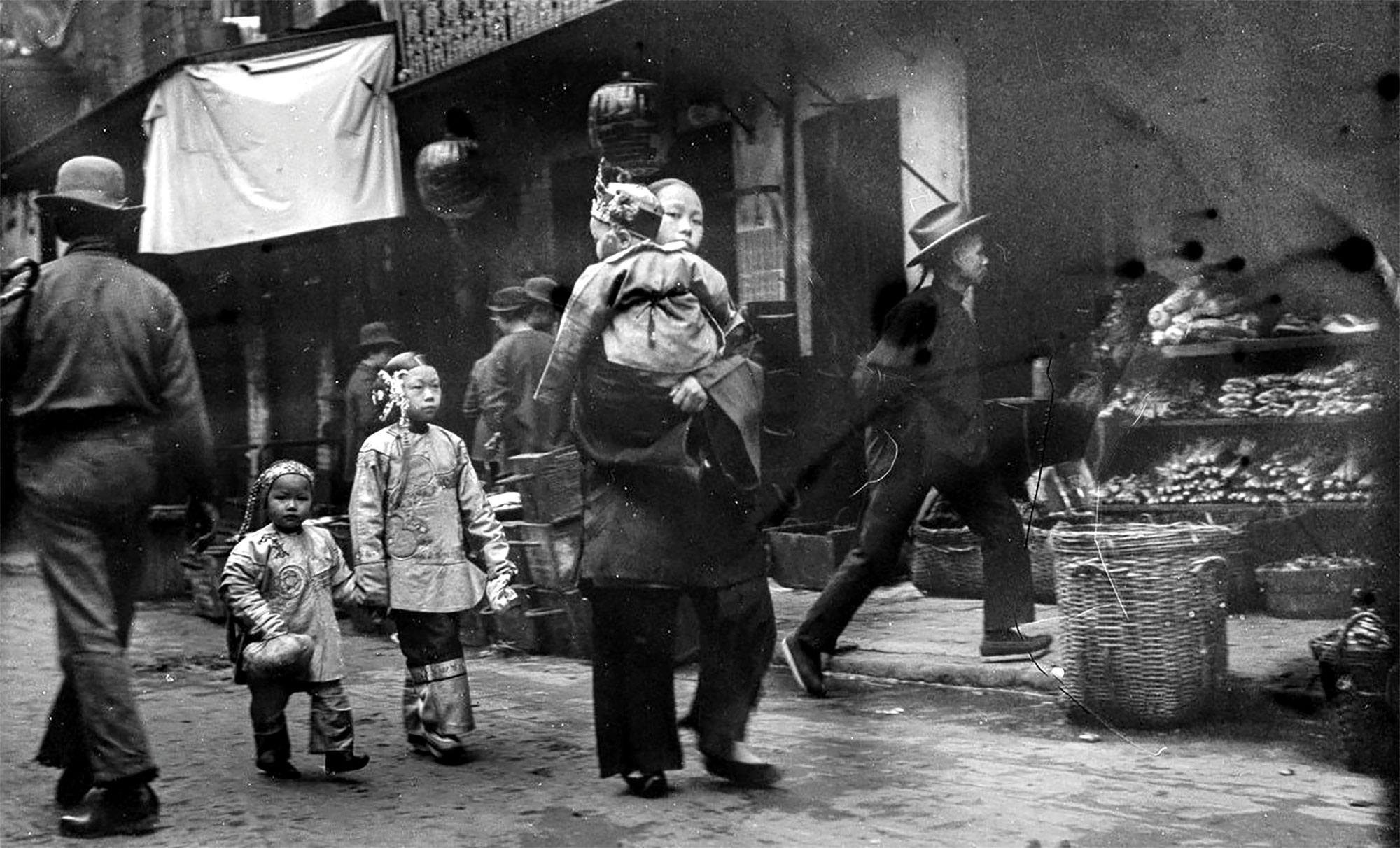

China, about 1417 years old. Admiral Zheng He, a salaried explorer of Ming Dynasty emperors, said it was possible “for everyone to leave China.” By then, the Chinese colony network began to expand in the Indian Ocean, the Red Sea and Southeast Asia, so the Chinese explorer was working. At the time of the Qing Dynasty, since 1644, migration fell considerably. But in the 19th century, Chinese waves, mainly ethnic, migrated to the five continents in search of better conditions than at home. Then the modern Chinatown emerged.
The oldest Chinese district of the documents is Manila, founded in 1594 according to various sources. The Spanish administrators of the Philippine colony have concentrated the citizens who came from China in the current Binondo neighborhood. By then the Filipinos and European settlers lived apart in the city, and that first Chinatown was used to distinguish the most excluded, such as those that would be created from then on.
According to researcher Ien Ang of the University of Western Sydney, these neighborhoods were ghettos, areas of enormous precariousness and that “were used to concentrate and exclude totally foreign autochthonos”
According to researcher Ien Ang of the University of Western Sydney, these neighborhoods were ghettos, areas of enormous precariousness and “to concentrate and exclude those who were absolutely foreign to natives.” They looked at the Chinese with contempt and bad suspicion and those neighborhoods “were an example of social and urban exclusion”.
But “the role and meaning of Chinese neighborhoods have undergone profound change in the last century,” Ang said. “They have become themed consumption points, tourist shows”. The clearest example of this change is the London Chinatown. The first Chinese neighborhood of the city emerged around the shipyards on the shore of the Thames, in an area of high precariousness and exclusion. After the Second World War, waves of migrants mainly from Hong Kong began to concentrate in Soho, and from the 1970s the theme park of tourist attraction began to flourish.
A few weeks ago, the mayor of Madrid, José Luis Martínez Almeida, explained the initiative to build a gigantic Chinatown in the Usera neighborhood. And the project responds perfectly to the model of the Chinese neighborhoods in a new way, with a goal of pure consumption and emphasizing erroneous stereotypes, performing cultural appropriation and negating the real raw past of the Chinese neighborhoods.